Social Emotional Learning Teaching Resources
Are you on the hunt for social emotional learning activities, printable PDFs, and more to bring SEL to life in your primary lessons this school year? The list of academic benefits of SEL instruction is a mile long, and the Teach Starter teacher team has created a robust collection of social and emotional learning resources made with teachers – and your students — in mind.
We've made planning your social-emotional learning lessons simple with printable SEL worksheets and digital social and emotional activities designed specifically for the needs of primary school students. Each resource in this collection has undergone rigorous review by the expert teachers on our team to make sure you'll be comfortable passing them out in the classroom or sending them home in a student's bag.
Pardon us if we're sharing something you already know (feel free to skip right to the social emotional learning activities!), but if you're new to incorporating SEL into your classroom, you may need a quick refresher! Read on for a guide from our teacher team!
What Is Social-Emotional Learning?
The most common social-emotional learning — or social and emotional learning — definition describes SEL as 'the process through which all young people and adults acquire and apply the knowledge, skills, and attitudes to develop healthy identities, manage emotions and achieve personal and collective goals, feel and show empathy for others, establish and maintain supportive relationships, and make responsible and caring decisions.'
It's a bit of a mouthful, but essentially social and emotional learning covers five core competencies:
- Self-Awareness
- Self-Management
- Social Awareness
- Relationship Skills
- Responsible Decision Making

Where Did Social Emotional Learning Come From?
Teachers have been teaching many of the skills that now fall under the social and emotional learning curriculum for centuries. It's always been our goal to help shape little minds to be caring, productive, and engaged citizens.
But the roots of what we now consider SEL can be traced back to a project in the New Haven, Connecticut schools in the United States where school administrators worked with Yale University researchers, parents, mental health workers and teachers to refocus not just the school's academic programs but their social ones too. The project started in the 1960s at two schools considered 'underperforming,' and by the 1980s, these same schools had academic scores that were at the top of American school rankings.
From there, the K-12 New Haven Social Development program was born, establishing a framework for incorporating social and emotional learning into the curriculum. Meanwhile, the non-profit Collaborative for Academic, Social, and Emotional Learning (CASEL) was born in 1994, helping to really bring the term 'social and emotional learning' into the zeitgeist.
CASEL was born out of the New Haven projects and helped shape the official definition of SEL listed above in 1997. It now works to expand SEL in schools around the globe.
Why Is Social-Emotional Learning Important?
Not sure you have time to fit all of this in alongside the standards that you're preparing students to meet? A solid social and emotional learning curriculum will help students with everything from managing emotions and developing coping skills to setting positive goals, engaging in positive relationships and solving problems effectively — all important competencies for your classroom.
The importance of SEL is hard to overstate, but here are a few core benefits:
- Promote mental health and well-being — Teaching social and emotional lessons in the classroom can help students develop the skills they need to manage their emotions, build positive relationships and cope with stress and challenges. It's a small step toward better mental health for all.
- Improve academic performance — There's strong research showing that students who have strong social and emotional skills are more likely to be engaged in learning and perform better academically.
- Create a positive classroom culture — Teaching social and emotional lessons can help create the kind of classroom culture where students feel safe, respected and supported — exactly what we all strive for!
- Prepare students for life after school — Social and emotional skills are essential for success beyond the classroom, be it at home in the immediate future or in uni or the workforce. Teaching these skills helps students be better equipped to handle the challenges they will face.
- Address specific social and emotional needs — Teaching social and emotional lessons can help address students' specific needs, such as building self-esteem, managing emotions and developing empathy for others. This can also help to create a more inclusive and equitable classroom where all students feel respected and valued. It's also good for your overall classroom management.

How to Teach Social and Emotional Lessons
There's little question that there's value in social and emotional learning, but how do you actually teach it? There's no simple answer here, as the exact methodology will differ based on year level, individual student needs and even your classroom dynamics!
That said, here are some strategies from our teacher team to keep in mind as you consider how you're incorporating the components of SEL in your instruction:
- Modelling — This is likely no surprise — we are our students' role models in the classroom for so much. Don't underestimate the value of your own active listening, displays of empathy and self-regulation, and other skills that are essential for your students' social and emotional development.
- Classroom Culture — Establishing a safe and supportive learning environment where students feel respected, valued and empowered goes a long way. Fostering a sense of community, promoting positive communication and encouraging collaboration and teamwork are all helping kids build their SEL quotient!
- Integration — Of course, you can (and should) have explicit instruction on SEL, but you can also incorporate SEL concepts into your core subject lessons. Discuss emotions related to a character in a book or working on group projects that require collaboration and communication. If you're teaching maths, emphasise the importance of perseverance and problem-solving skills. Teaching HAAS? Discuss empathy and the ability to understand different perspectives. It all comes together!
- Plus Plan
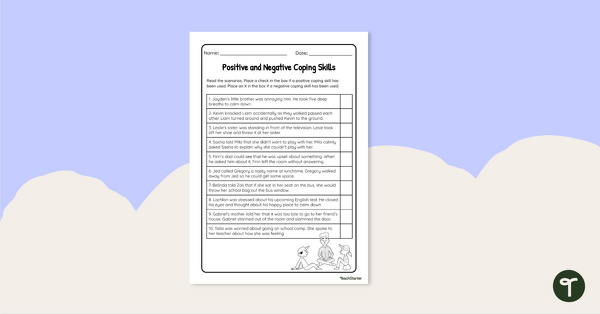
Positive and Negative Coping Skills Worksheet
Identify positive and negative coping skills with this real-life scenarios worksheet.
- Plus Plan
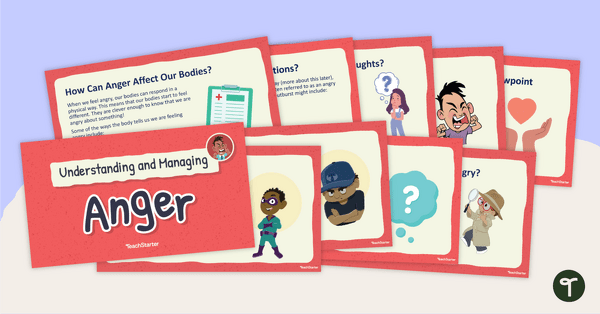
Understanding and Managing Anger Teaching Presentation
Teach your students about angry feelings with this comprehensive guide to understanding and managing anger.
- Plus Plan
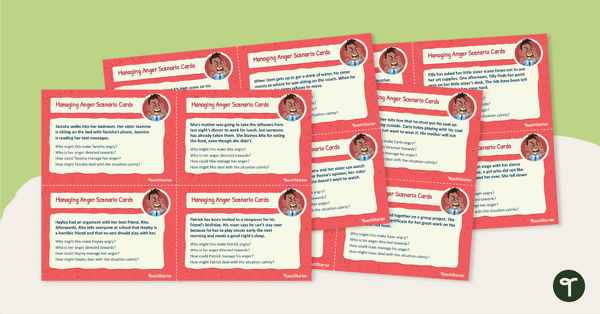
Managing Anger Scenario Cards
Explore ways to manage anger in a variety of real-life situations with this set of 16 scenario cards.
- Plus Plan
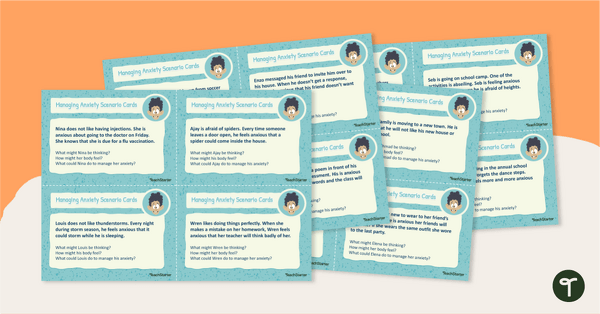
Managing Anxiety Scenario Cards
Explore ways to manage anxiety in a variety of real-life situations with this set of 16 scenario cards.
- Free Plan
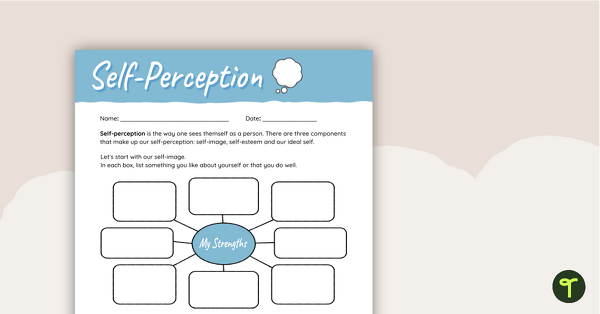
Self-Perception Worksheet
Identify strengths and areas of growth by asking students to reflect on their self-image, self-esteem, and ideal self.
- Plus Plan
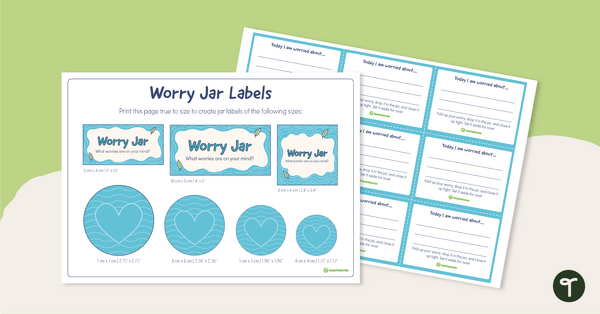
Worry Jar – Cut and Assemble Kit
Create a worry jar for your students to help them recognise and cope with their worries.
- Plus Plan
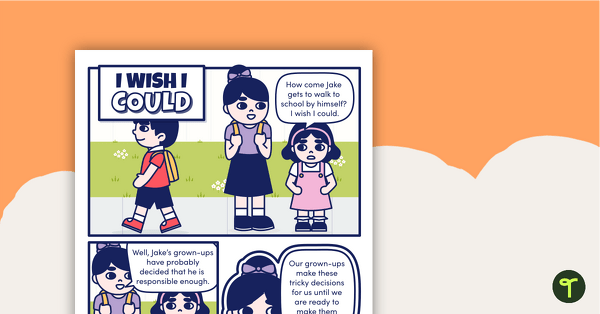
I Wish I Could – Worksheet
A comprehension worksheet for a comic from the Year 2 magazine (Issue 3).
- Plus Plan
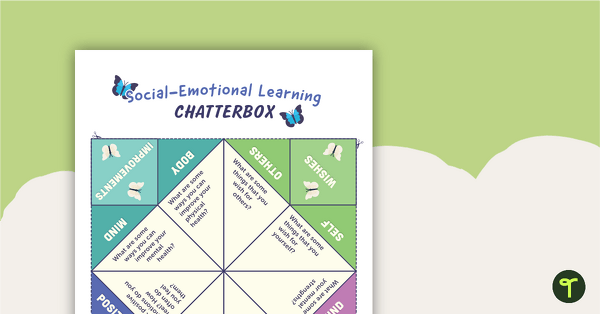
Social-Emotional Learning Chatterbox
A chatterbox template for students to use during social-emotional learning.
- Free Plan
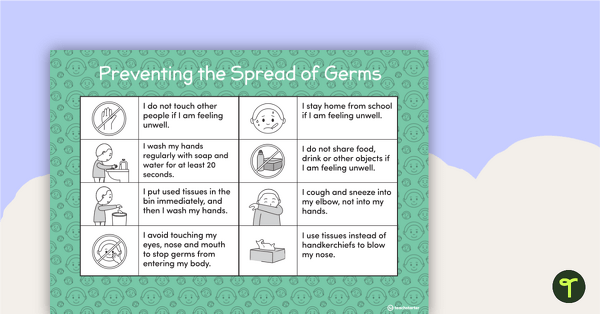
Social Stories – Preventing the Spread of Germs
A social story to assist students in preventing the spread of germs.
- Plus Plan
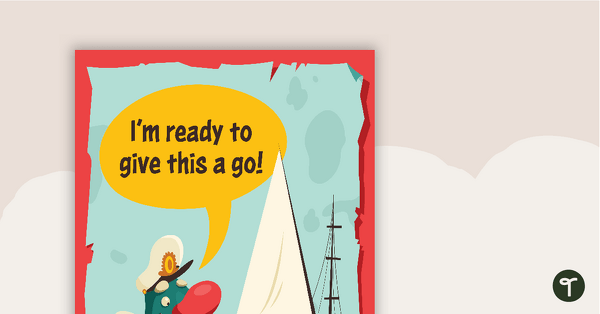
Are We There Yet? — Growth Mindset Posters
Print thse large growth mindset posters to help students learn to work more resourcefully and independently in the classroom.
- Plus Plan
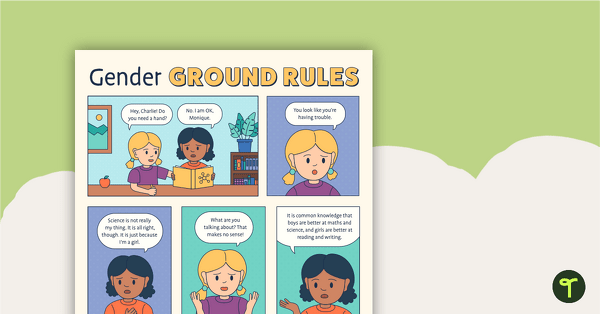
International Women's Day Gender Ground Rules – Comic
A two-page comic that shows an example of a gender stereotype about learning abilities.
- Plus Plan
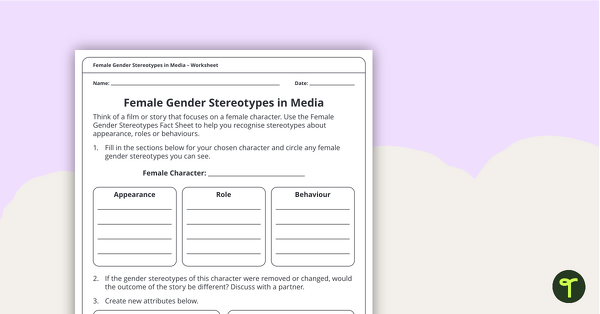
Female Gender Stereotypes in Media – Worksheet
A worksheet asking students to identify potential female gender stereotypes in popular films and stories.
- Plus Plan

Chinese New Year — Mindfulness Colouring Sheet
Use this mindfuless colouring-in worksheet to celebrate the Chinese New Year in the classroom.
- Plus Plan
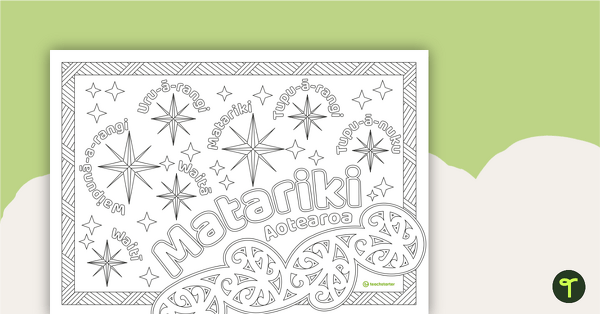
Matariki – Mindful Colouring Sheet
A mindful colouring-in worksheet to celebrate Matariki, the Māori New Year celebration in Aotearoa, New Zealand.
- Plus Plan
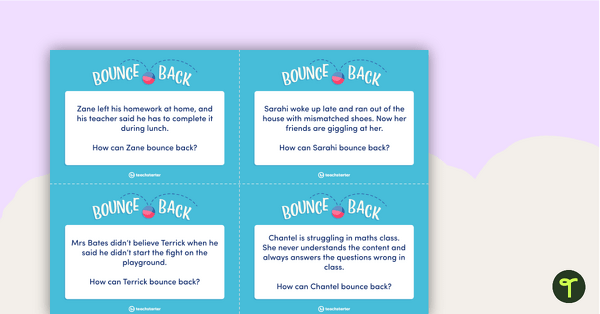
Bounce Back – Resiliency Task Cards
A set of 24 task cards to use when teaching students how to be resilient.
- Plus Plan
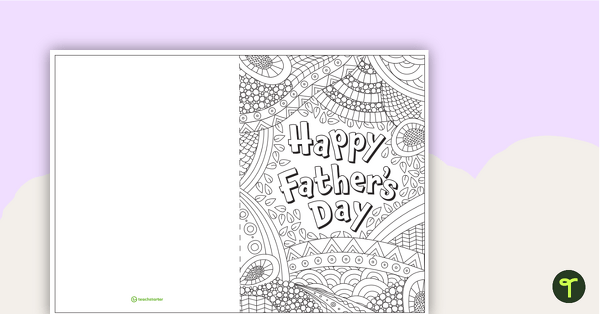
Father's Day Card – Mindful Colouring
Practice mindful colouring and create a beautiful handmade card for Father's Day.
- Plus Plan
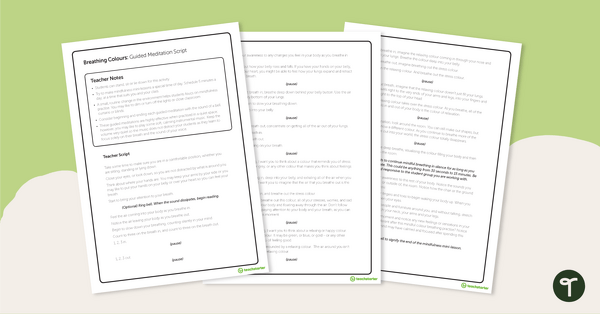
Breathing Colours - Guided Meditation Script
Print a guided meditation script for teachers to lead your students through a breathing colours meditation exercise.
- Plus Plan
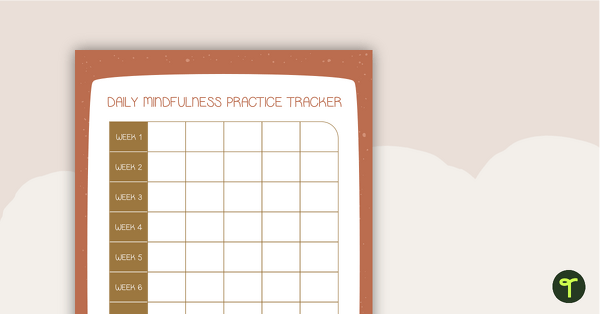
Mindfulness Activity Tracker - 10 Weeks
A 10 week chart and picture markers to use when tracking mindfulness practise.
- Plus Plan
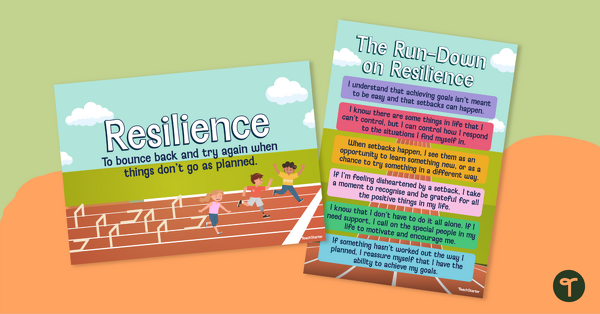
Resilience Posters
Teach students the meaning of resilience with these beautifully designed resilience posters for your primary school classroom.
- Plus Plan
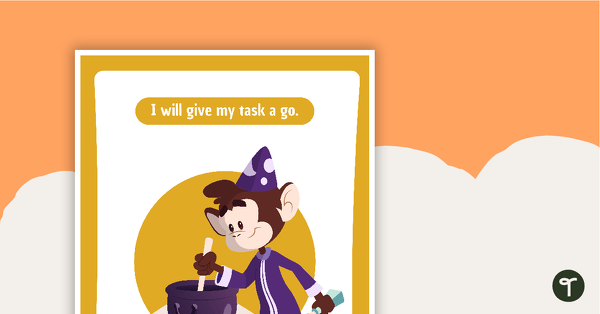
The Magic of Independent Learning - Individual Posters
Individual posters with sequential stages to help students learn independently.
- Plus Plan
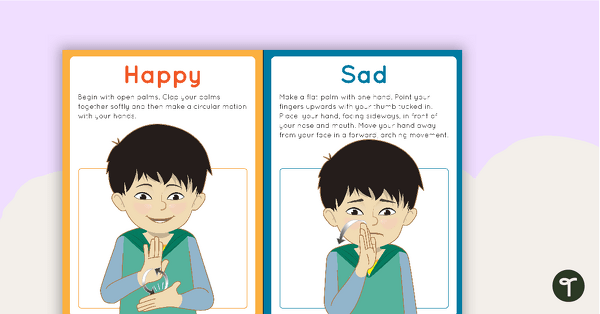
Auslan Feeling Flashcards
A set of 16 flashcards that show how to sign common feelings in Auslan.
- Free Plan
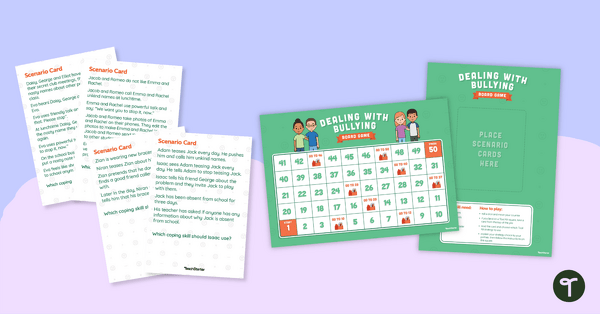
Dealing with Bullying Board Game
A fun board game for students to play when encouraging the use of resilience strategies.
- Plus Plan
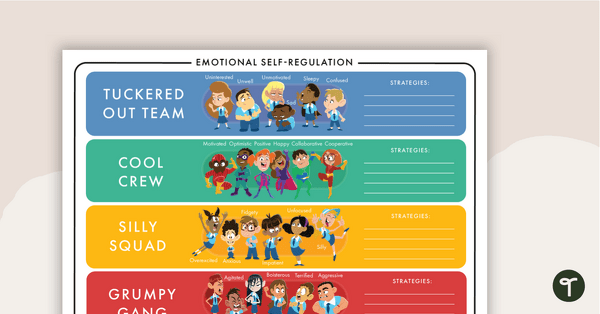
Emotional Self-Regulation Poster
Promote emotional awareness and self-regulation in your classroom with this classroom poster.
- Plus Plan
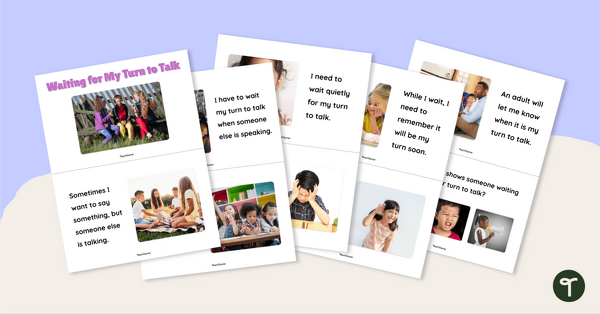
Waiting for My Turn To Talk Mini-Book
Help students develop efficient strategies when waiting for their turn to talk with this social story mini-book.
- Plus Plan
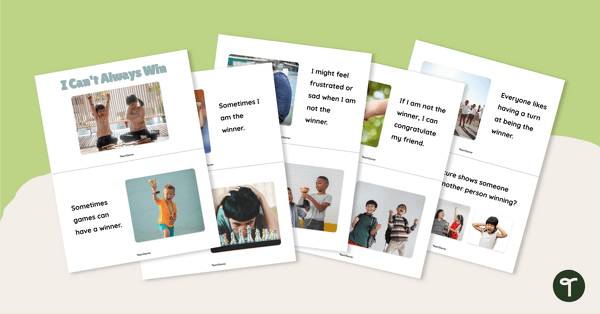
I Can't Always Win Mini-Book
Teach your students to cope when they are not the winner with this social story mini-book.
- Plus Plan
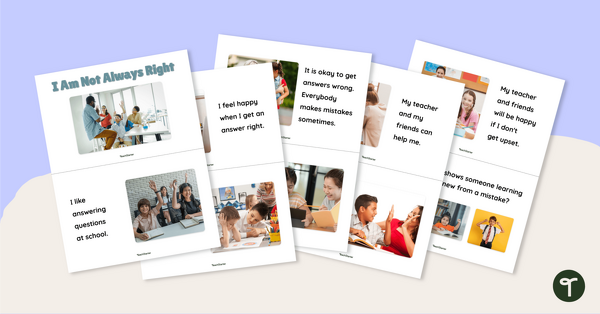
I Am Not Always Right Mini-Book
Help your students learn how to cope when they make a mistake with this social story mini-book.
- Plus Plan
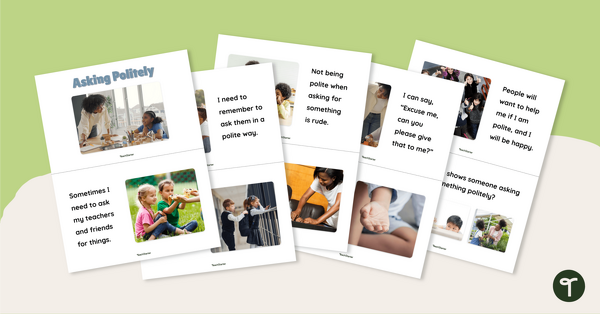
Asking Politely Mini-Book
Help your students learn how to ask for things politely with this social story mini-book.
- Plus Plan
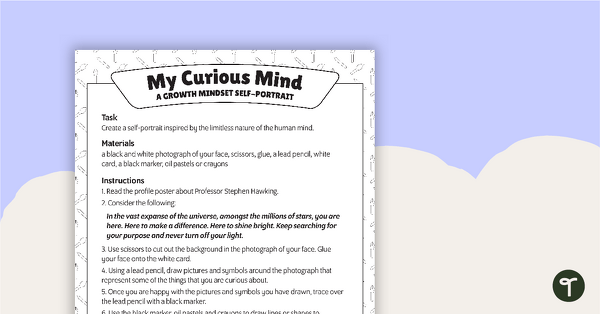
'My Curious Mind' Growth Mindset Art Activity
A creative visual art activity, inspired by Professor Stephen Hawking, to use when learning about growth mindset.
- Plus Plan
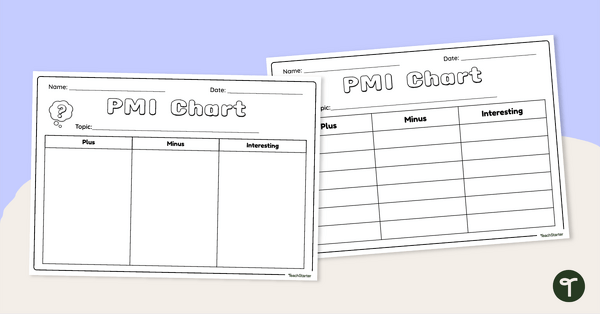
Plus Minus Interesting Chart
Use this Plus Minus Interesting Chart set in any subject area to get your students talking!
- Plus Plan
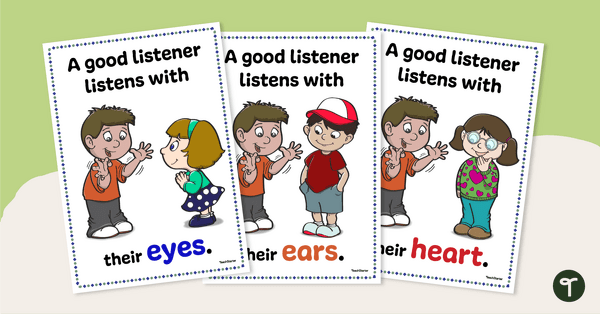
Good Listener Posters
Use this poster to teach your students how to be good listeners.
- Plus Plan
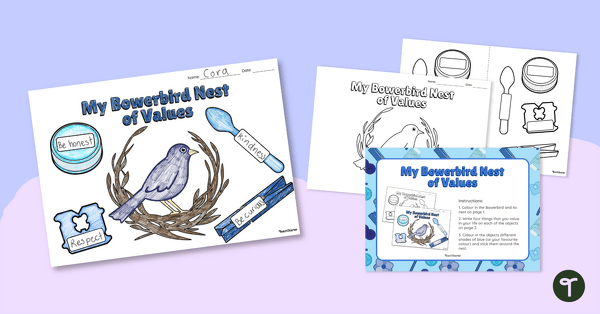
My Bowerbird Nest of Values Template
Help students understand what they value with this Bowerbird nest of values craft template.
- Plus Plan

Kindness Poster Set
Display this set of kindness posters in your classroom to help your students understand the power of being kind.
- Social Emotional Learning Templates
- Social Emotional Learning Worksheets
- Social Emotional Learning Posters
- Social Emotional Learning Games
- Social Emotional Learning Labels, Signs & Decorations
- Social Emotional Learning Teaching Presentations
- Social Emotional Learning for Preschool/Kindergarten
- Social Emotional Learning for Foundation Year
- Social Emotional Learning for Year 1
- Social Emotional Learning for Year 2
- Social Emotional Learning for Year 3
- Social Emotional Learning for Year 4
- Social Emotional Learning for Year 5
- Social Emotional Learning for Year 6
- Social Emotional Learning for Year 7